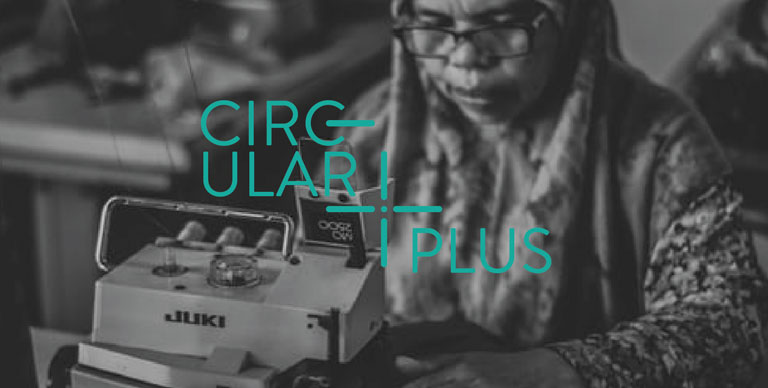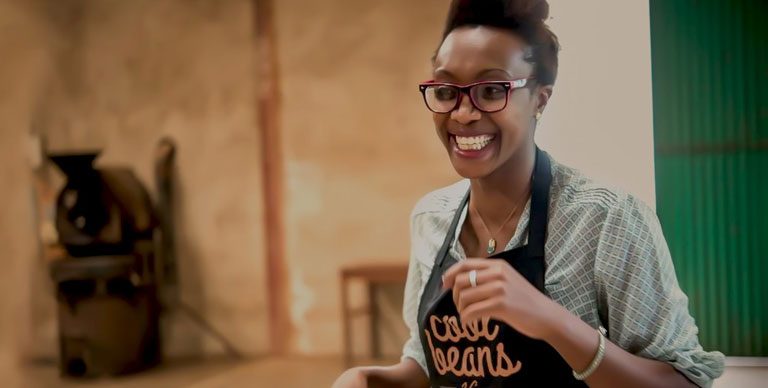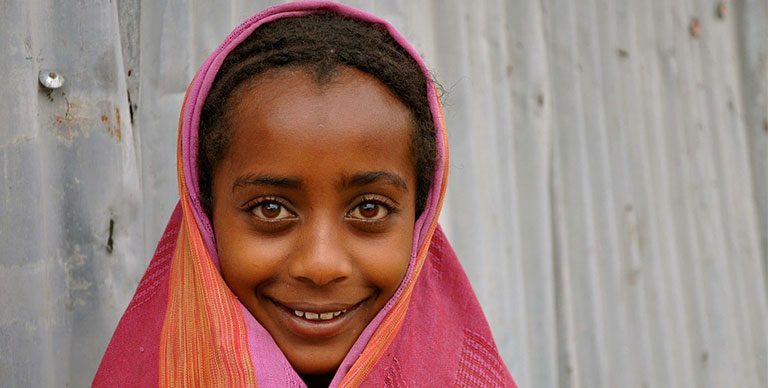When “Circular” is not Enough: The Need for Circular Plus
The Human Angle
The ongoing global pandemic over the past weeks has had far reaching consequences on the textile industry worldwide. The crisis is not just a condition of health, but it is a crisis of humanity, affecting the lives and livelihoods of millions working in the industry. If there is one thing it has taught us, it is that human beings come before all else.
For us at CAIF this raised a very fundamental question – can a business or an economy refer to itself as “circular” if it ignores the impact it has on the human beings that lie at its core?
While environmental risks remain the cornerstone for linear value chains to integrate sustainable practices and mainstream circular models, there is now more than ever an urgent need for these value chains to also factor in – and focus on – the human costs of their operations. This becomes especially relevant in the context of India, which employs an estimated 60-70 million people at some point in the textile/apparel value chain, from farming cotton to recycling used garments. With roughly 70% of the industry comprising women the transition to circularity is closely tied to gender issues. Additionally, the circularity agenda remains incomplete without considering the unorganized workforce that makes up large sections of the industry – including waste workers, the singular engine of textile recycling, the home-based craftswomen among others.
It therefore seems incomplete for any initiative focusing on circularity to overlook social inclusion – CAIF has therefore taken a conscious decision to include social inclusion and impact in its very understanding of what makes an organisation or an economy “circular”.
Covid-19 has particularly heightened the need for securitization of supply chains, protection of workers and employees, and investing in the people who make up the business and brand. Brands leading the drive towards circularity and mitigating environmental risks will need to factor in its human impact. The discourse for the textile industry’s transition to circularity necessitates a broader understanding to include both climate contexts and social equity realities.
The Circular Angle
Regardless, some statistics around the environmental impact of the fashion industry are indisputable and continue to loom large.
Textile waste from the fashion industry is estimated to increase by about 60% between 2015 and 2030. The anticipated total fashion waste in 2030 is 148 million tons — equivalent to an annual waste of 175 kg per capita across the planet . These numbers are not new, and have been at the core of the global fashion industry to discuss, innovate and adopt circular fashion practices. With every passing year, the need for minimizing such waste from both the producers of fashion and consumers of fashion only grows to be more compelling.
Within the space, adoption of Rental, Reuse and Resale- circular business models are set to be the future of fashion specifically aimed at increasing clothes utilization and thereby extending the life cycle of a garment. Higher integration of these models into mainstream fashion businesses will catalyze the necessary behavioral shifts that push for greater uptake of slow fashion and responsible consumption. Moving away from traditional purchase and ownership of clothes to easier and enabled access to latest fashion in the coming years will charter the way forward for responsible consumption that contributes to minimizing waste. On the production side, while ethical sourcing, sustainable fabrics and other such efforts have been pivots for mitigating environmental risks, the time to shift the dialogue from “tinkering around the edges of the existing way of working” to fundamentally that which “attacks the very root of the problem: the existing economic model itself” is critical.
The Coming Together
To address this crisis holistically, CAIF launched The Humans of Circularity, a series of activities targeted at discovering and surfacing enterprises, business models and entrepreneurs focused on achieving the twin goals of social and environmental impact through circular business models and circular practices. Humans of Circularity engenders the notion of the need for a fair and just transition towards circularity – a transition that ensures environmental sustainability while delivering positive social outcomes.
Today, as the next step, we are delighted to launch Circular+, a project supported by the Laudes Foundation. Circular + aims to identify, showcase, celebrate and create test beds for building socially inclusive circular business models in the textile and apparel industry.
We begin this project by posing to ourselves some fundamental questions:
- How can emerging circular business models while mitigating environmental issues also result in
positive social and economic outcomes? - What are the key areas to focus upon while designing for inclusivity within business value chains?
- How can we integrate and address social considerations, particularly gender considerations, within
emerging circular models and scale their potential impact? - Can circular models through their design be leveraged to influence positive gender norms?
- What are the incentives for businesses to place intentional focus on inclusion and fairer distribution
while designing emerging circular business models
Over the course of the Circular+ project, we will aim to create a body of evidence that we hope will result in validated pathways in the pursuit of a circular textiles economy that leaves no human behind.
This project is supported by Laudes Foundation.
If you are an enterprise, brand, or an advocate of circular fashion believing in this agenda, interested to learn more and work at this intersection of circularity and social impact, we would be delighted to hear from you. Please reach out to me at trina.roy@intellecap.net
Related Articles
-
18 April 2018
Why Entrepreneurs Need to Embrace Storytelling
-
18 April 2018
4 Reports That Show How SDG 5 Can Become a Reality
-
18 April 2018
Ethiopia: Africa’s Juggernaut Economy








